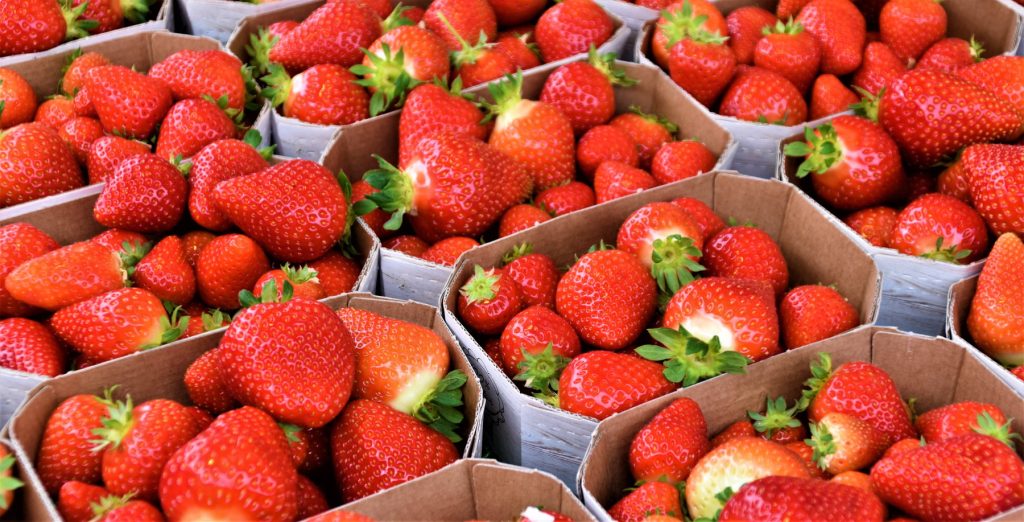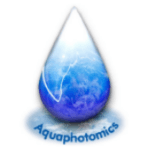
Who doesn’t love a good strawberry? Whether sliced and sugared over cake, dipped in chocolate, cooked into preserves, or eaten right out of the carton (rinsed first, of course), strawberries are a popular choice all around the world. In 2016, 9.2 million tons of strawberries were sold globally, which is significantly more berries than the year before1. The increase in berry consumption is forecasted to continue to increase.
However, an estimated 14% of food produced globally “is lost between harvest and retail”, and 17% goes to waste in households, food service, or retail operations2. Many estimates report produce waste as a large portion of the global food waste, some stating as much as half of fruits and vegetables produced. With our increasing concern about sustainability, food security, and supply issues, it is increasingly relevant to evaluate the effectiveness of our food storage practices.
One recent study by the Aquaphotomics Research Field of the Graduate School of Agricultural Science of Kobe University, Kobe, Japan and Nichiei Intec Co., LTD., Tokyo Japan has sought to do just that. Researchers used aquaphotomics and near-infrared spectroscopy (NIRS) to track changes in strawberries during cold storage to better understand the mechanics of food freshness and to compare standard commercially available refrigerators with “super cooling refrigeration” which create an electromagnetic field that assists in food preservation.
In the study, strawberries were purchased at the local supermarket, transported to the laboratory, and distributed onto paper plates. The plates were divided into two sample groups, each comprised of 24 berries, and stored in one of two commercially available refrigerators—a standard refrigerator (CF) and a super-cooling refrigerator (SCF) equipped with an electric field generator.
Both refrigerators were set to 0 degrees Celsius with a relative humidity of 90%. The samples were stored without any cover, packaging, or coating to mimic how the standard consumer would store berries. The NIR spectra collected from the front and back of each berry over 15 days and analyzed the spectra in the range 1,300-1,600 nm. This range corresponds to the first overtone of water and so far is mostly used for studying the water molecular structure of bio-aqueous systems.
Researchers observed the SCF delays the decay process of the berries. Although both samples showed weight loss associated with evaporation of water, which is a major factor in fruit deterioration, there was significantly less weight loss each day in the SCF-stored berries.
Stark differences were observed in bands that describe highly active, weakly-bonded water species (like vapor), free water, quazi-free water, and strongly-bound water (associated with polysaccharides). The absorbance changes observed suggest that in the CF, berries lost more water initially, which caused normal metabolic processes to decrease, and then gained more bulk water while losing strongly bound water sooner, which causes fruit softening. In the SCF berries, this process still occurred, but it was delayed by approximately 3 days.
Aquagram Comparison betwee CF and SCF

During their analysis, researchers identified four bands related to hydrogen-bonded water which could potentially be important enough to be made into widely-used water matrix coordinates (WAMACs). They created predictions of time spent in storage that were accurate for both type of refrigeration with about 2 days of error. This clearly shows that aquaphotomics and NIRS could be used to predict strawberry freshness non-invasively and non-destructively. And most importantly, refrigerators with this new freezing technology may also reduce the need for special packages, thus they have the potential to reduce food waste globally through each part of the food supply chain.
Reference
1. Sabinet African Journals. “Global strawberry market: key findings and insights.” (2018). https://journals.co.za/doi/pdf/10.10520/EJC-ff07a7892
2. United Nations. “International Day of Awareness on Food Loss and Waste Reduction.” (2022) https://www.un.org/en/observances/end-food-waste-day
3. Frontiers Frontiers in Nutrition. “Aquaphotomics monitoring of strawberry fruit during cold storage – A comparison of two cooling systems.” (2022). https://doi.org/10.3389/fnut.2022.1058173
